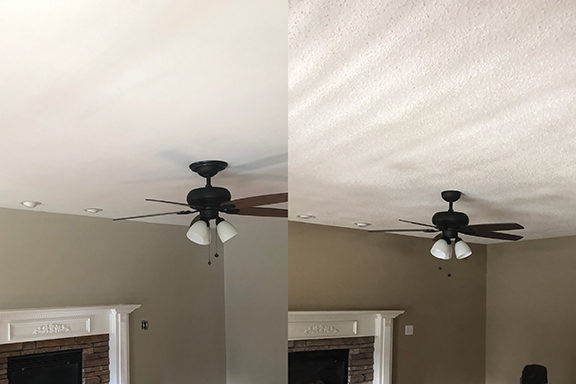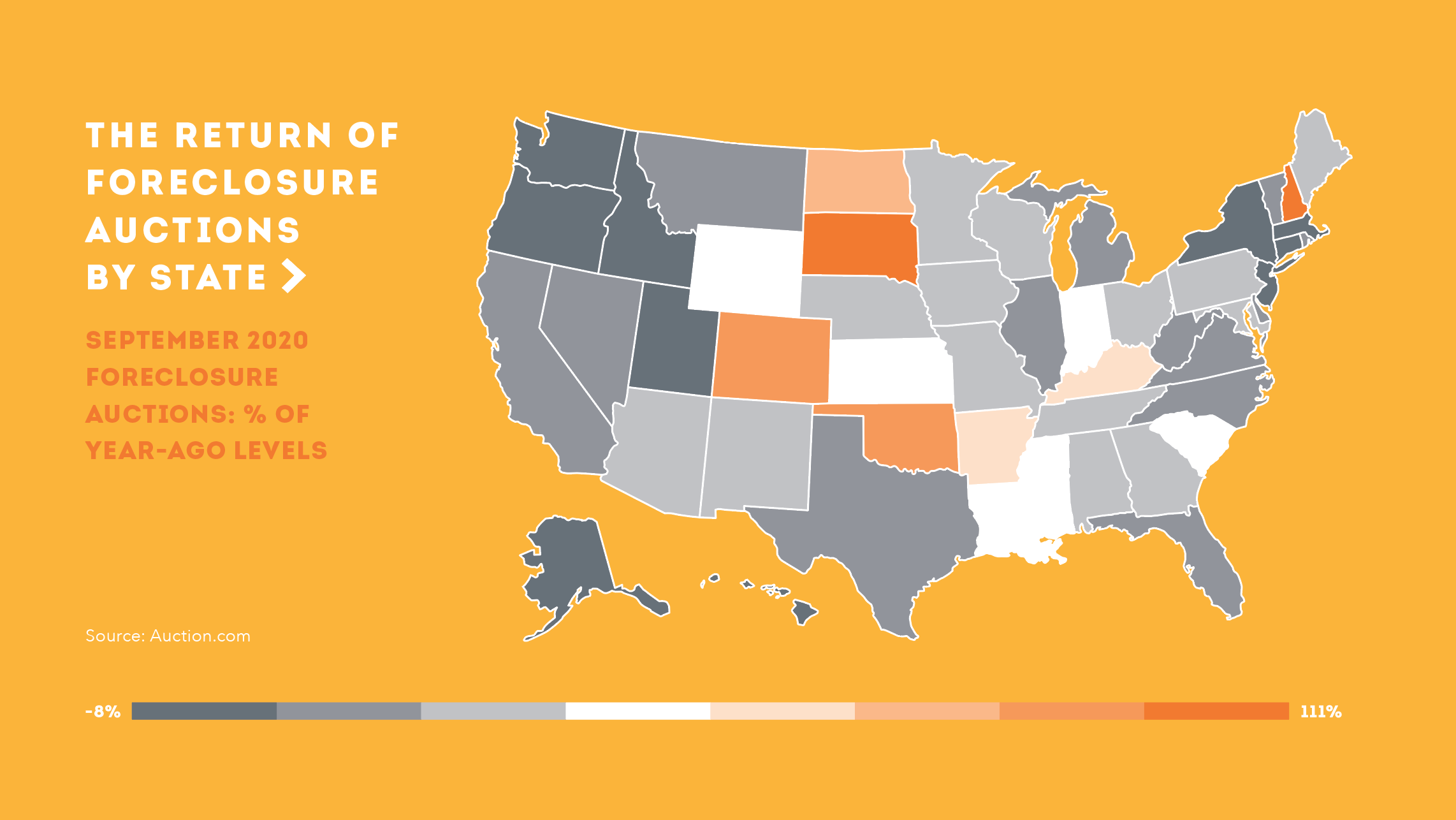Technology Continues to Transform Commercial Real Estate
The Move from Backgammon to Chess By: Ira Zlotowitz, Founder & President, Eastern Union Everyone who’s been associated with the commercial real estate world over the past 20 years or so has seen technology steadily establish itself within virtually every corner and crevice of the industry. Here are some thoughts and perspectives on the impact that technology has had upon our sector. Some of you may recall Defense Secretary Donald
Read More












